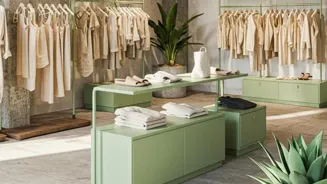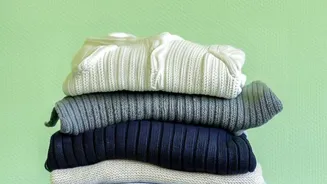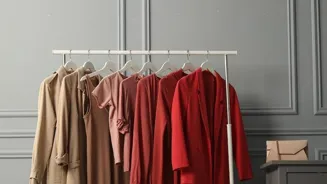Creating a Balanced Wardrobe in India: A Guide for Every Season. Curate a versatile closet for comfort and style. Read more!
In the land of diverse cultures and vibrant weather patterns that is India, building
a wardrobe that is both stylish and functional can seem like a herculean task. One day you are battling scorching heat, and the next you are shivering in unexpected rain.
However, with a bit of planning and smart shopping, it is entirely possible to curate a balanced wardrobe that caters to every season and occasion.
This guide will unpack the essential pieces you need to create a versatile and practical closet, ensuring you are always dressed comfortably and fashionably.
Analyze lifestyle to choose clothes wisely based on needs and environment
The first step is to analyse your lifestyle and understand your daily needs. Are you a working professional attending regular meetings, a student juggling college and social activities, or a homemaker prioritizing comfort and practicality?
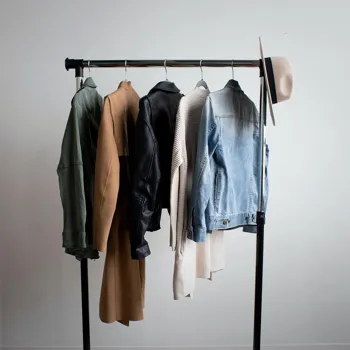
Identifying your dominant lifestyle helps you determine the types of clothes you will wear most often. For instance, someone in a corporate job needs more formal shirts, trousers, and blazers, while a student might prioritize jeans, t-shirts, and casual dresses.
A homemaker may prefer comfortable cotton sarees, kurtis, or salwar suits for everyday wear. Take a good look at your current wardrobe. What do you wear most often? What items do you never reach for?
This exercise will help you understand your personal style preferences and identify any gaps in your existing collection. Understanding your environment also plays a significant role.
Living in Mumbai requires apparel that can handle high humidity and sudden rainfall, while residing in Delhi demands clothes that can deal with extreme temperatures.
Assess lifestyle, wardrobe needs, weather; create versatile basics for perfect wardrobe
Assess your lifestyle, understand your needs and current wardrobe situation, and consider the weather conditions of the place you reside. With that sorted, let's get into the process of creating that perfect wardrobe. Start with the basics.
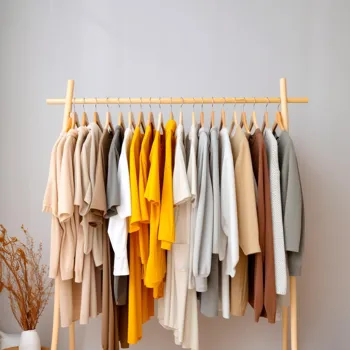
These are the foundational pieces that form the core of your wardrobe and can be mixed and matched endlessly.
For women, a well-fitted pair of dark wash jeans, a classic white shirt, a black dress (that can go from day to night with the right accessories), and a comfortable pair of cotton leggings are essential. These basics are versatile and can be dressed up or down depending on the occasion.
For men, this includes a pair of well-fitting chinos, a crisp white shirt, a navy blazer, and a couple of plain t-shirts in neutral colours like white, grey, and black. Layering is key, especially in India's varied climate.
Lightweight jackets, cardigans, and scarves can add warmth or style without making you feel too hot. A denim jacket is a versatile piece that can be paired with almost anything.
In a predominantly traditional setting, consider incorporating a neutral tone Kurti for women and a Nehru Jacket for men in your wardrobe. These pieces provide an ethnic touch and are suitable for a host of festival festivities.
Integrating seasonal items into your Indian wardrobe: summer breathability, monsoon rain-friendly, winter woolens
Next, we must understand how to integrate various seasonal items into our wardrobe. Summer in India is all about breathability and comfort. Lightweight cotton or linen clothing is your best friend. Opt for light-colored fabrics that reflect heat and prevent you from feeling stifled.
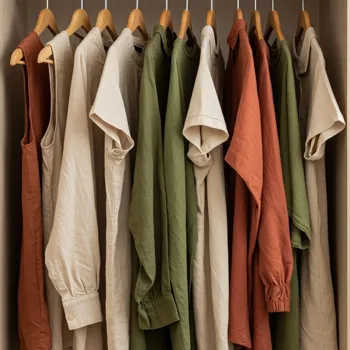
Women would do well with cotton kurtas, loose-fitting trousers, and flowy cotton dresses. Men can invest in linen shirts, cotton shorts, and breathable t-shirts. Sunglasses, a hat, and sunscreen are also essential accessories to protect yourself from the harsh sun.
The monsoon season calls for rain-friendly clothing and accessories. Water-resistant jackets, quick-drying fabrics, and sturdy footwear are crucial. Avoid wearing light colors, which can become transparent when wet. A good raincoat or umbrella is a must-have.
For footwear, opt for sandals or flip-flops that can withstand the rain and won't be damaged by water. Winter in India varies depending on the region. In northern India, you'll need heavy woolens to combat the cold, while in southern India, a light jacket or shawl may suffice.
A warm coat, a woolen scarf, gloves, and a beanie are essential for those living in colder areas. Layering is also key during winter, allowing you to adjust your clothing as the temperature fluctuates throughout the day.
Elevate your outfits with quality accessories like handbags, shoes, and jewelry
With our clothing basics set, let’s move on to accessories. No outfit is complete without the right accessories. A stylish handbag, a good pair of shoes, and some well-chosen jewelry can elevate even the simplest of outfits. Invest in a few quality pieces that you can wear with multiple outfits.
For women, a versatile handbag, a pair of comfortable sandals, and a simple silver necklace are essential. For men, a good quality leather belt, a classic watch, and a pair of leather shoes are must-haves.
Consider local artisans for unique, handmade jewelry or scarves which also promote conscious consumerism. Footwear is also a significant aspect of your wardrobe, especially in India.
A comfortable and versatile pair of Kolhapuri chappals are great, and so is a pair of sneakers apart from the sandals. Choose footwear that suits your lifestyle and activities. If you are on your feet a lot, opt for comfortable flats or sneakers.
If you attend formal events, invest in a good pair of heels or dress shoes.
Maintain your wardrobe with care for lasting quality
After curating and establishing a solid wardrobe, the key becomes keeping track of maintenance. Proper care of your clothes ensures they last longer and look their best. Always follow the care instructions on the garment label.
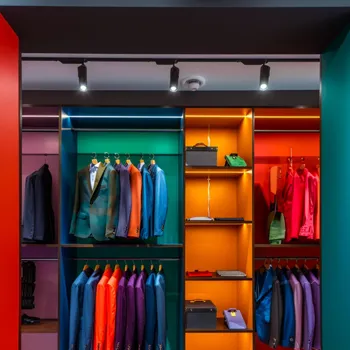
Invest in a good quality detergent and avoid using harsh chemicals that can damage your clothes. Store your clothes properly to prevent them from getting wrinkled or damaged. Hanging delicate items and folding heavier items is a good practice.
Don't forget to clean and organize your wardrobe regularly to get rid of any unwanted items and keep your clothes in good condition. Seasonal clothing that you are not using can be stored away in vacuum sealed bags and stored up in shelves.
This practice helps in decluttering our current wardrobe and helps keep it organised. Ensure that you keep your clothes in a cool and dry area, away from sunlight to prevent discoloration issues.
Building a balanced wardrobe is a journey of self-discovery
Finally, remember that building a balanced wardrobe is an ongoing process. Your style and needs will evolve over time, so it's important to reassess your wardrobe regularly and make adjustments as needed.

Don’t be afraid to experiment with new styles and trends, but always stay true to your personal style and what makes you feel comfortable and confident. Shop smartly and invest in quality pieces that will last you for years to come.
Consider sustainable and ethical fashion choices to reduce your environmental impact. The beauty of wardrobe building is in the journey of discovery, that’s learning what suits your body type and what makes you feel confident.
So, take your time, build a wardrobe that truly reflects your individuality, and enjoy the process of creating a closet that works for you.


